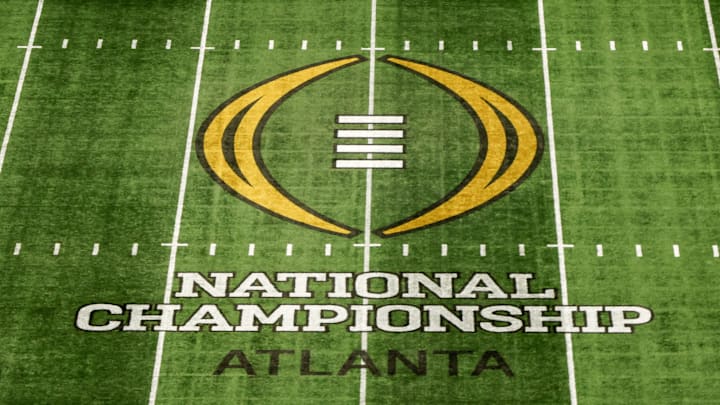The proposed 16-team College Football Playoff format has been met with intense backlash, and rightfully so.
The SEC and Big Ten are reportedly pushing for a 4-4-2-2-1 model that would guarantee each of their conferences four automatic bids, while the ACC and Big 12 receive just two each, with one spot going to a Group of Five team and the final three bids — assuming an expansion to 16 — left as at-large berths. Reports also indicate that there is consideration for just expanding to 14 rather than 16, but keeping that same format of automatic bids.
Many critics argue that this setup turns the CFP into little more than an invitational for the sport’s two wealthiest leagues, shutting out deserving programs from smaller conferences. The fear of repetitive matchups, diminished regular-season stakes, and an increasingly lopsided power structure has fueled the outrage. But what if this new format isn't as bad as we might fear?
For the last several days, we've spent time criticizing the idea of this format. It's ridiculous for two leagues to hold all the power this way. It's ridiculous that we've gotten to a point where the biggest brands at the top run the sport and everyone else is forced to get on board. It's ridiculous that we've let the business side slime its way into the decision-making of the sport so much so that it doesn't even feel like the same sport anymore.
That being said, if we're going to have an expanded College Football Playoff and we've already let the genie out of the bottle in terms of the SEC and Big Ten ruling everything, isn't this the best case scenario?
Fans of teams in the ACC or Big 12 might argue that there's no reason that the SEC and Big Ten deserve to have double the amount of automatic bids that their conference is going to get. And they're right. But, isn't that what's happening anyway?
The Big 12 got just one team in the 12-team field last year. The ACC got two and the whole nation — led by ESPN — lost their collective minds. In this new format, both of those conferences would automatically get their two bids, regardless of what's happening in the Big Ten or SEC. It would no longer be up to arbitrary rankings to determine who gets in. Instead, every conference in the Power-4 would know coming into it that they have to earn an automatic bid to gain access to the playoff, and if they fall short, they have no one to blame but themselves.
If the SEC and Big Ten adopt this model, we'd expect that the idea pitched by ACC Commissioner Jim Phillips would also apply to these two leagues. That means that conference championship weekend would essentially become part of the playoff.
We expect that the top two teams in the SEC and Big Ten would earn automatic bids. Then, four more teams would play play-in games, meaning the top six teams in those conferences would have a chance at the playoff. We expect that the top team in the ACC and Big 12 would earn an automatic bid, and then the No. 2 and No. 3 team in those conferences would do battle in a play-in game for that second spot.
This means that access will actually be higher for those two conferences will actually be higher than before.
Is it fair? No, and we highly doubt that the rankings won't be tilted in the SEC and Big Ten's favor when it comes to hosting those home games in the first-round, but this at least gives more teams a shot at the dance, and we still expect that some of the bigger brands outside of the SEC and Big Ten — like Clemson, Florida State, and North Carolina might have a shot at one of those at-large bids if they were to finish third in the ACC.
16 teams with unequal bids tilted in the SEC and Big Ten's favor regardless of performance on the field might sound ridiculous on the surface, but isn't that what we're preparing for either way, even if we didn't have automatic qualifiers? At least in this format, it keeps the ACC and Big 12 involved, even if it is in a lesser capacity.
